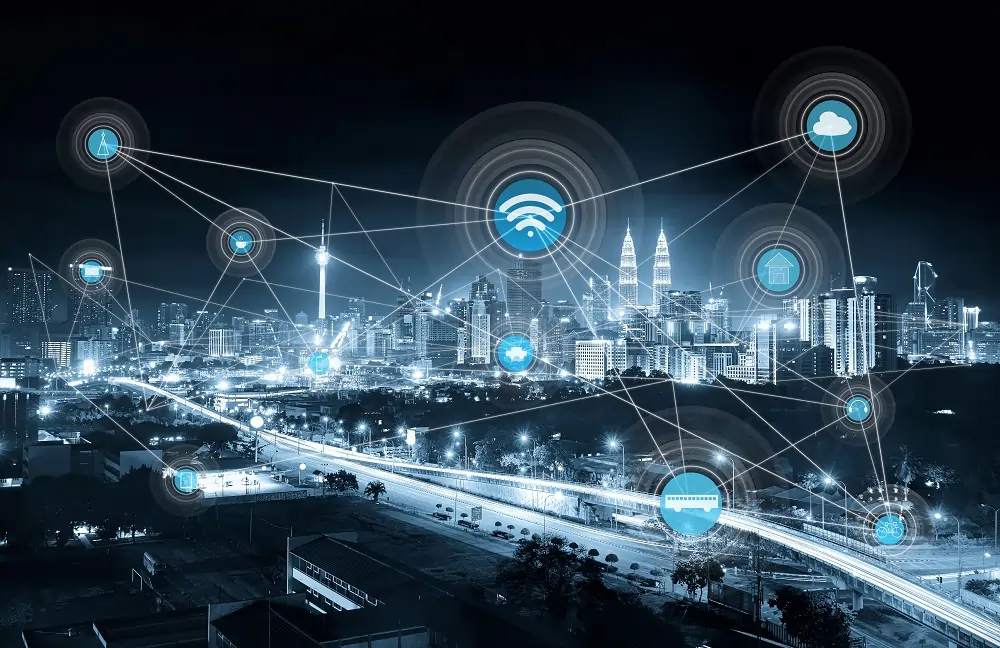
Unleashing the power of decentralised AI

By Dr Janko Mrsic-Flogel, CEO and Founder of Planet Computers
The advent of generative and conversational AI has brought the whole AI domain into the public eye. With the number of active users on ChatGPT about to reach 200 million, many people are starting to rely on AI services in their everyday lives.
Today, many students and staff use systems such as ChatGPT to help them. Students use ChatGPT, among other Generative AI Models, to write their homework and teachers use it to create school materials such as multiple-choice questionnaires.
Current LLM conversational models can be used to complement the creative and critical thinking processes of an individual and the responses are delivered in the conversation. Still, the same conversational AI models could be used to challenge the individual student and enhance the knowledge of an individual.
Technical Challenges
Large AI models, including large language models (LLMs), such as ChatGPT typically require training on vast computing clusters that are typically centralised.
Training these models requires computing resources and a lot of power. Once trained, they could also be deployed in multiple locations or trained in such a way, that the models are split up and different functions are executed in different locations. Splitting AI models into sub-components presents yet another challenge. The idea of multi-agent AI systems has been around since some of the pioneering work on AI at MIT in the 1960s.
Decentralised Artificial Intelligence
A decentralised artificial intelligence (DAI) system is a form of AI solution that distributes, processes, and stores data across a network of nodes within a given system. Such processing can be underpinned by blockchain technologies.
The Processing of Personal Information
There are many aspects of decentralising AI systems. Decentralised AI processing refers to how personal data can be contained within a more private environment. For example, an AI system which is operating on your files and emails would be better placed at your home, instead of in a centralised server with numerous other running systems and operations.
By using pre-trained AI models on their own devices, users of decentralised AI systems can access AI-generated insights without relinquishing control over their data to a central entity. This decentralised method empowers users to use prebuilt AI models to process data stored on their devices and send the outcomes to a third party without sharing personal data across nodes which they cannot control.
The need for AI on the edge
One of the critical issues for centralised AI is the reliance on the Internet. Connectivity to AI systems on the Internet can be interrupted in many ways – your local Internet connectivity line is severed, a power outage, AI data centre connectivity outage or a denial-of-service cyber-attack are just some of the ways that this could happen.
There might be a critical system relying on the AI that needs to keep on working in such cases of Internet outage. For example, in future healthcare operations, Human-like nursing or caregiving robots should not stop operations in a hospital when an Internet outage occurs. Similarly, AI auto-pilot car systems should not cease operations, when out of reach of the Internet connectivity.
The Advent of AGI
There have been a lot of discussions recently about Artificial General Intelligence (AGI), both in the media and in scientific circles. Simply put, an AGI system is truly thinking for itself. It could surpass human intelligence (super-human intelligence) and could operate on a much larger amount of knowledge. In effect, the AGI would have a greater understanding of the knowledge compared to what we do as people.
One technique to discover the emergent properties of a given AI model is to see the way that the AI goes about performing the addition of two numbers:
Has this addition process been learnt by the AI?
Does the AI just use examples of addition from the web?
Does it use a normal computer (and not AI) program function to add two numbers?
Adding two numbers is trivial for a conventional computer, however, it is disputed that an AI system that has learnt how to add, like a human child, and is “aware” of this process has been created and deployed yet.
Having an AI system that can teach itself how to add two numbers together is one important step towards successful AGI.
The Dangers of AGI
There are many opinions, both for and against the development of AGI and decentralised AI systems. Some opinions voice concerns that AGI could destroy the human race, as AGI systems start to dominate activities on Earth. Or, that AGI could be used to find efficient ways of eradicating all humans. This could be considered a more negative viewpoint.
Conversely, one could argue that AGI could “save” the human race and that it could, for example, find solutions on how to prevent an extinction event or even transport the intelligence and knowledge to another planet and recreate the human race in another time and space.
As we advance on the journey to a potential AGI, some opinions argue that if one organisation or state develops or discovers AGI emergence, this could lead to very biased or negative uses of this super-intelligence.
Having decentralised AI systems, would in some way limit this type of negative unilateral power.
DAI promises to democratise access to AI functionality and revolutionise the way we approach innovation and growth. From empowering individual users with greater control over their data to fostering collaborative ecosystems of innovation, decentralised AI stands as a beacon of technological progress in an increasingly interconnected world.


